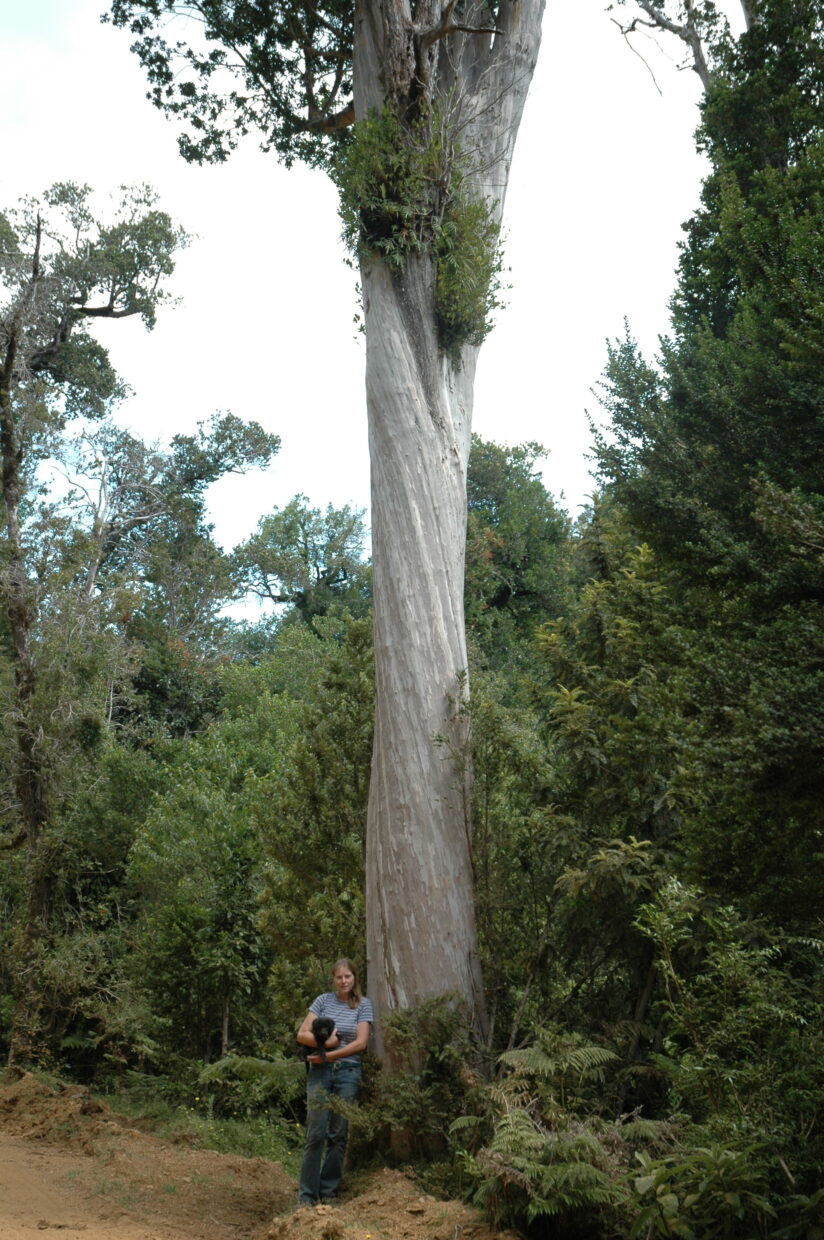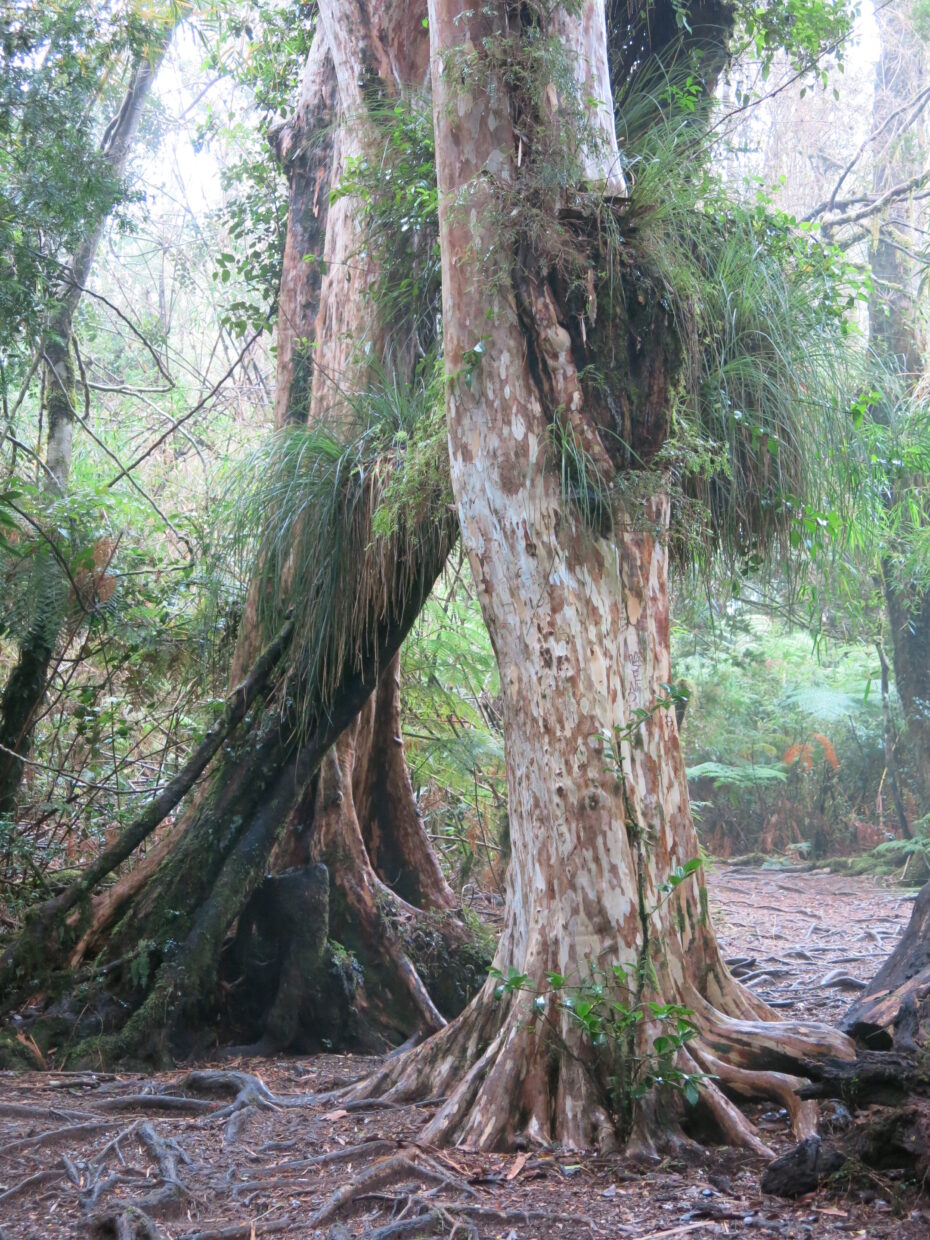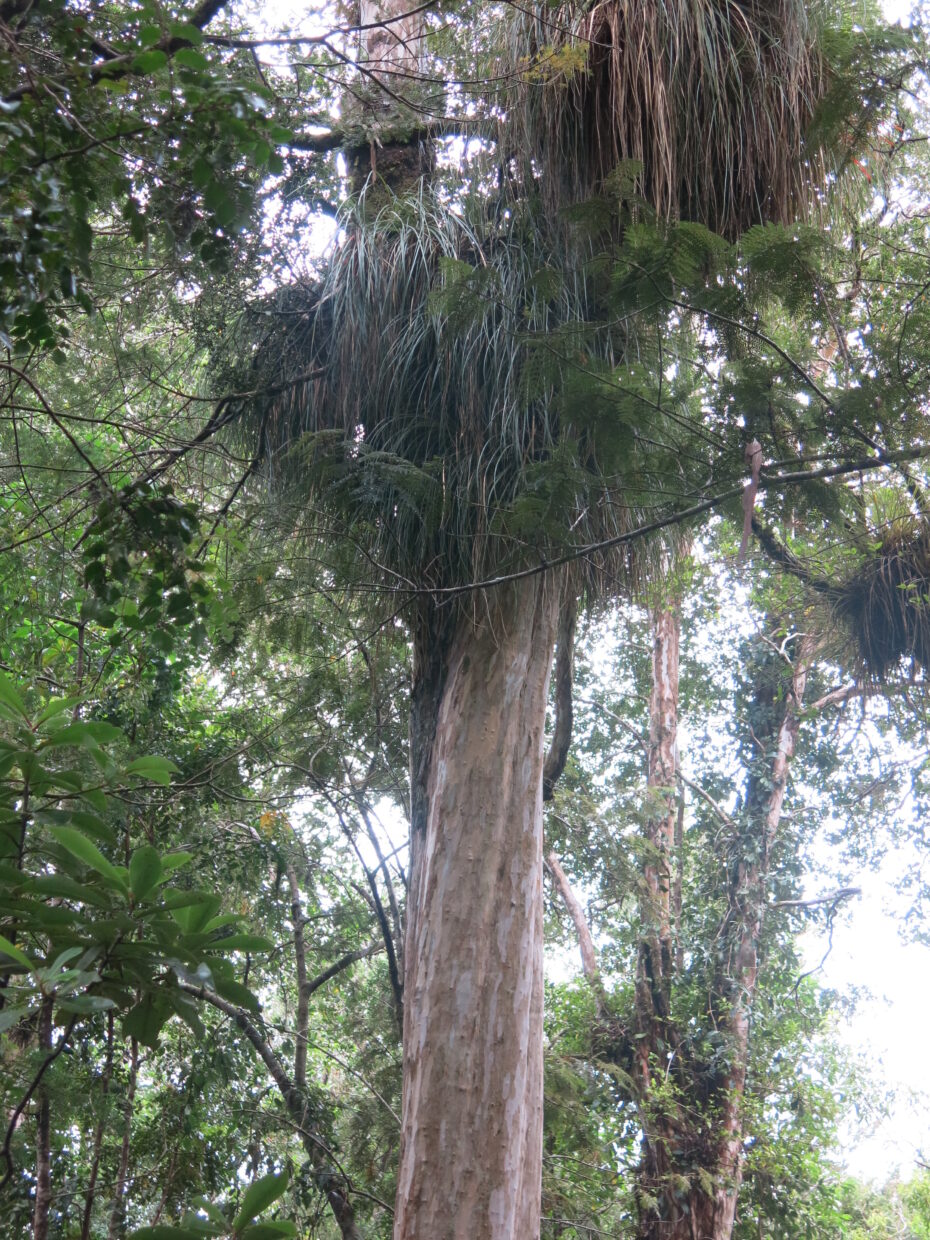Place of Publication
Lilloa 13: 146 (1947)
Type citation
Based on Myrtus meli Phil. Isotype: “In sylvis densis provinciae Valdiviae [Coral prope Valdivia], incolis Meli. etc” December 1856, Philippi 554 (W) W0048343, possible Isotype (MICH), MICH1210126
Synonyms
Common names
- meli (Landrum (1988))
References
-
Kausel (1947)
Kausel, E. 1947. Notas mirtológicas. Lilloa 13: 125-149
-
Landrum (1988)
Landrum, L R 1988. The Myrtle Family (Myrtaceae) in Chile. Proceedings of the California Academy of Sciences 45(12):277-317
-
Donoso et al. (2006)
Donoso Z., C. , Zúñiga, A. and Utreras, F. 2006. Amomyrtus meli (Phil.) D. Legrand & Kausel. In: Donoso, C (Ed.), Las especies arbóreas de los bosques templados de Chile y Argentina : autoecología, pp. 158-165. Marisa Cuneo Ed. Valdivia, Chile. Concepción, Chile.
Iconography
- Landrum (1988): Fig. 3B,C,D,H
Regions
Biobío, Araucanía, Los Ríos and Los Lagos
Habitat
Temperate Forests and Valdivian rainforest
Distribution and habitat
Amomyrtus meli is confined to southern Chile, between Arauco (37°30'S) and Chiloé (43°30'S), Within this range it occurs from sea level to 600 m and is more abundant from south of Valdivia to Chiloé especially in the coastal cordillera (Donoso, 2006).
Descriptions
- Landrum (1988)
Habit
Evergreen tree up to 20 m tall. Flowering from October to December. Fruits mature from March to May.
Key characteristics
Distinguishable from other Chilean myrtles by its smooth, light bark. When crushed, the leaves have a very distinctive strong aroma which is very different from that of A. luma. Twigs with scattered hairs or hairless. A. luma has moderately to densely hairy twigs.







